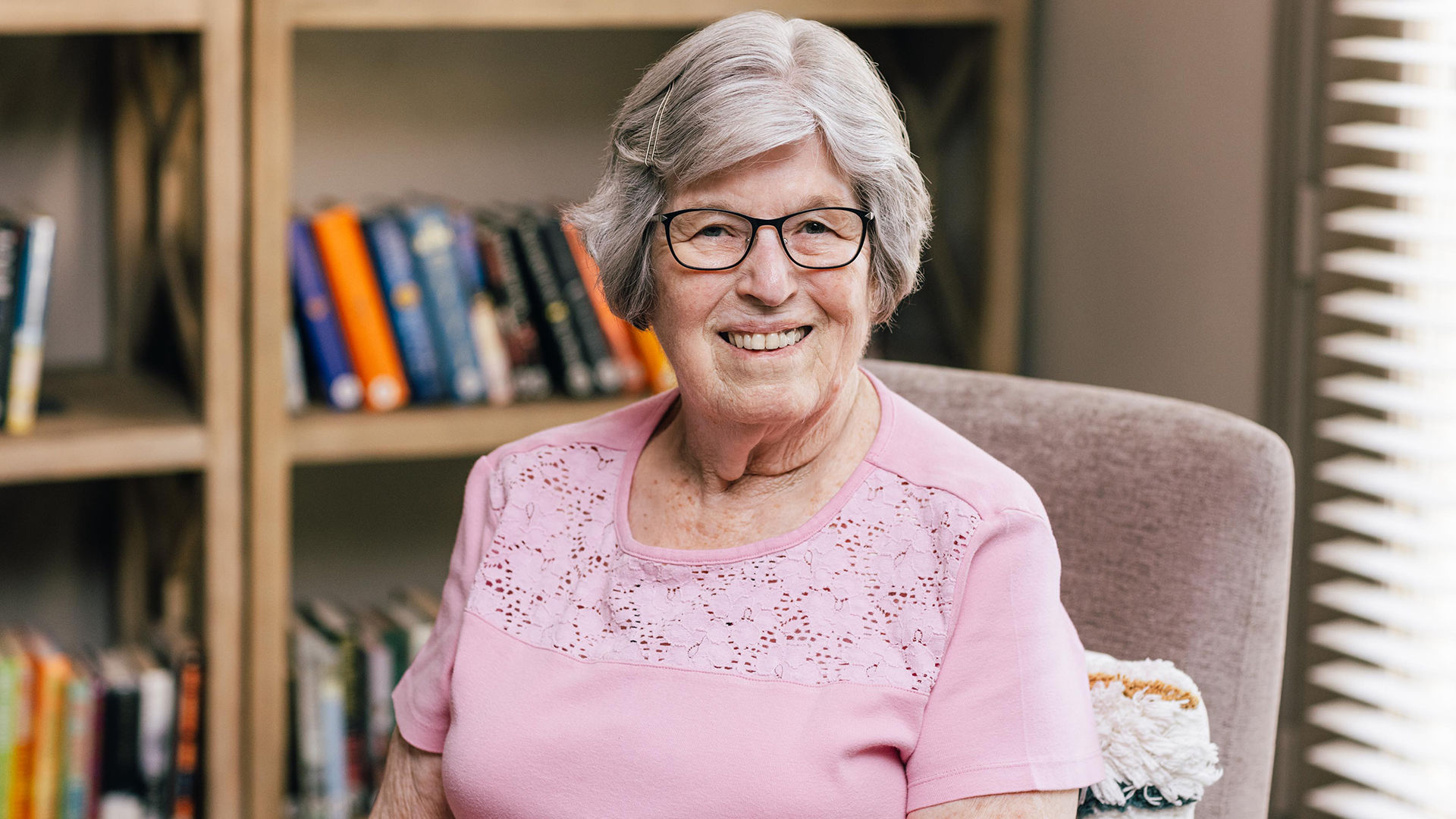When Glenda brought out her ancestral fan chart, everyone gathered around with interest. The large document showed a detailed web of handwritten names, dates and connections – representing decades of careful research into her family history.
“My husband didn’t know a thing about his family,” Glenda said with a smile that suggested she saw this as less of a problem and more of an irresistible mystery. “But I grew up watching my father hunt through dusty courthouse archives. Genealogy is in my blood – literally and figuratively.”
The paper trail detective
Before digital databases and DNA testing, Glenda’s father was carrying out genealogical research the old-fashioned way – traveling county to county, state to state, meticulously documenting each discovery.
When retirement finally gave Glenda the time to continue his legacy, she enrolled in a community college class to learn proper research methods. That was more than 21 years ago.
“Everyone wants to jump straight to clicking around online these days,” Glenda explained, pulling out a collection of carefully organized notebooks. “But there’s something about tracking it all by hand first. It forces you to slow down, to really verify each connection.”
Three points of truth
At the group’s most recent gathering in the Holiday senior living community’s library, Glenda shared her golden rule of genealogical research: the three-point verification system.
“Finding a John Smith isn’t enough,” said Glenda. “You need at least three matching data points before you can claim him as your John Smith.”
She counted on her fingers. “Birth date, birthplace, death date, marriage records, census data, property deeds – get at least three that align perfectly before you make that connection. I’ve seen too many enthusiastic researchers jump to conclusions and end up with someone else’s ancestors grafted onto their tree.”
Her meticulous approach has earned her a Daughters of the American Revolution certificate, which confirms her lineage to Robert Thomas, a Revolutionary War soldier. The certificate sits in a frame nearby, a testament to research done right.
Royal connections and everyday revelations
While Glenda discussed her methodical approach, another member named Frances quietly placed a worn hardbound book on the table. Glenda invited her to talk about the book.
“In 1912, my ancestor Samuel King Hamilton crossed the Atlantic specifically to trace our family history,” Frances explained, her fingers gently turning pages that document her lineage back to AD 912. “The extensive family history is recorded in twelve different volumes, one for each branch of 12 related families.”
The room buzzed with excitement as Frances revealed her connection to Scottish royalty – Robert the Bruce, the legendary king who fought for Scotland’s independence.
“That’s really special, Frances,” said Glenda. “Thank you for sharing.”
“I don’t have anything like that,” a new group member named Betty confessed. “No stories, no records – nothing.”
Glenda shifted her focus to Betty and patted her hand.
“Everyone has stories,” Glenda said. “They’re just waiting to be uncovered. We’ll find them. That’s why we’re here.”
Beyond the branches
What makes Glenda’s group special isn’t just the factual connections they uncover, but the way these discoveries inform the present.
“Genealogy isn’t just about who begat whom,” Glenda explained. “It’s about understanding why we are the way we are, today.”
She laughed as she shared her own revelation.
“For years, my sister and I couldn’t figure out why our mother was such a terrible cook. Then we discovered that after our grandparents divorced, our grandfather – who was a cook in the Canadian Army – brought in English nannies to raise the children. My mother never had a maternal figure to learn from. She simply didn’t know what mothers were supposed to do!”
These moments of understanding – the “aha!” connections between past and present – are part of what keeps the group coming back month after month.
A living archive
As their meeting wound down, the conversation drifted naturally from documented history to personal memories.
“We get off track sometimes,” Glenda admitted with a wink, “but those detours often lead to the best discoveries. We start with genealogy and end up sharing stories from all corners of life.”
The group began making plans for their next meeting, with Betty – who worried about having nothing to contribute – now enthusiastic. “I just love hearing these stories,” she said.
For Glenda, this community within a community represents something precious: a living archive of shared stories. The handwritten notes, the carefully organized photo albums, the oral histories passed between neighbors – all celebrated through these regular gatherings.
“If we didn’t live here,” Glenda reflected, looking around at the friends she’s made, “we wouldn’t be able to get together and do this. It’s part of the fun. We share stories from all over.”
She closed her notebook with a satisfied nod. “I think that’s pretty special.”
No matter where your family is from, your new friends are waiting at Holiday community near you. Come for a tour and meet a few residents. You’ll see how much fun community life can be.
You might also like
Want to learn more about life at Holiday?
